The LC4256V – 75TN176 – 10I is a type of Field – Programmable Gate Array (FPGA) chip. FPGAs are highly versatile integrated circuits that can be configured by the user to perform a wide variety of digital logic functions. This particular chip, with its specific model number, is designed to meet the demands of various digital systems in different application areas.
2. Logic Function Implementation
2.1 Programmable Logic Resources
- It contains a large number of programmable logic elements. These elements, such as Look – Up Tables (LUTs) and flip – flops, can be configured to implement different combinational and sequential logic functions. LUTs are used to realize arbitrary logic functions by storing the truth – table values of the desired logic operation. For example, a user can program the LUTs to perform functions like AND, OR, XOR operations on multiple input signals. Flip – flops, on the other hand, are used for sequential logic, allowing the chip to store and manage the state of the system over time. This combination of LUTs and flip – flops enables the implementation of complex digital circuits, such as state machines, which are crucial in applications like digital signal processing and communication protocol handling.
2.2 Custom Logic Design
- The chip enables users to create custom – designed digital logic circuits. Engineers can use hardware description languages (HDLs), such as VHDL or Verilog, to describe the desired logic functionality. Once the design is coded, it is synthesized and mapped onto the programmable resources of the LC4256V – 75TN176 – 10I. This flexibility allows for the implementation of unique digital circuits that are tailored to the specific requirements of an application. For instance, in a specialized data – acquisition system, a custom logic circuit can be designed to process and analyze sensor data in a way that is optimized for the particular sensors and data – processing algorithms used in that system.
3. Input/Output (I/O) Capabilities
3.1 Multiple I/O Pins
- The LC4256V – 75TN176 – 10I is equipped with a significant number of input/output pins. These pins are used to interface the chip with the external world. The I/O pins can be configured as either input or output pins, depending on the design requirements. Input pins are used to receive signals from external devices, such as sensors, switches, or other digital components. Output pins, on the other hand, are used to send signals to external devices, such as driving LEDs, controlling motors, or communicating with other integrated circuits. The large number of I/O pins provides the chip with the ability to interact with multiple external components simultaneously, making it suitable for complex systems with extensive I/O requirements.
3.2 I/O Standard Compatibility
- The chip supports a variety of I/O standards. This includes popular standards like TTL (Transistor – Transistor Logic), CMOS (Complementary Metal – Oxide – Semiconductor), and LVDS (Low – Voltage Differential Signaling). The compatibility with different I/O standards allows for seamless integration with a wide range of external devices. For example, when interfacing with legacy TTL – based circuits, the chip can be configured to use the TTL I/O standard. In high – speed data – communication applications, the LVDS I/O standard can be utilized to achieve fast and reliable data transmission over long distances with reduced noise susceptibility.
4. Memory and Storage
4.1 On – Chip Memory
- It has on – chip memory resources. This on – chip memory can be used for various purposes, such as storing intermediate data during digital signal processing operations, caching frequently accessed data, or implementing small – scale memory – based systems. The on – chip memory can be accessed quickly, which is beneficial for improving the overall performance of the digital circuits implemented on the chip. For instance, in a digital filtering application, the on – chip memory can store the filter coefficients and the input data samples, allowing for fast and efficient filtering operations.
4.2 Configuration Memory
- The chip also has a dedicated configuration memory. This memory stores the configuration data that determines how the programmable logic resources are configured. When the chip is powered up, the configuration data is loaded from this memory into the appropriate registers and logic elements, enabling the chip to operate according to the user – defined logic design. The configuration memory is non – volatile in some cases, meaning that the configuration data is retained even when the power is turned off. This allows for easy re – configuration of the chip without the need to reprogram it every time it is powered on.
5. Timing and Clock Management
5.1 Clock Input and Distribution
- The LC4256V – 75TN176 – 10I has a clock input pin that is used to provide the clock signal for the chip. The clock signal is a fundamental signal in digital circuits as it synchronizes the operation of all the logic elements. Once the clock signal is received, the chip distributes it to various internal components through a clock distribution network. This ensures that all the logic elements operate in a coordinated manner. For example, in a synchronous digital system, the clock signal determines when the flip – flops update their states, and the clock distribution network ensures that all flip – flops receive the clock signal at the same time (within the tolerance of the chip’s design).
5.2 Programmable Timing
- The chip offers programmable timing features. Users can adjust the timing parameters of the digital circuits implemented on the chip. This includes setting the clock frequency, adjusting the setup and hold times for flip – flops, and controlling the propagation delays of the logic paths. Programmable timing is essential for optimizing the performance of the digital circuits. For instance, in a high – speed data – processing application, the clock frequency can be adjusted to increase the processing speed, while ensuring that the setup and hold times of the flip – flops are met to avoid data – integrity issues.
6. Power Management
6.1 Low – Power Operation
- The LC4256V – 75TN176 – 10I is designed for low – power operation. It incorporates power – management techniques to reduce power consumption. This is achieved through various means, such as using low – voltage logic levels, optimizing the design of the internal logic circuits to minimize power dissipation, and implementing power – gating techniques. In power – gating, certain parts of the chip that are not in use can be powered off, reducing the overall power consumption. Low – power operation is crucial in battery – powered applications, such as portable devices, where minimizing power consumption extends the battery life.
6.2 Power – Down Modes
- The chip supports power – down modes. In power – down modes, the chip can enter a low – power state where most of the internal circuits are disabled. This can be useful when the chip is not actively processing data or when the system is in a standby mode. For example, in a sensor – monitoring system that only needs to periodically wake up and process sensor data, the chip can enter a power – down mode between data – processing intervals, significantly reducing the overall power consumption.


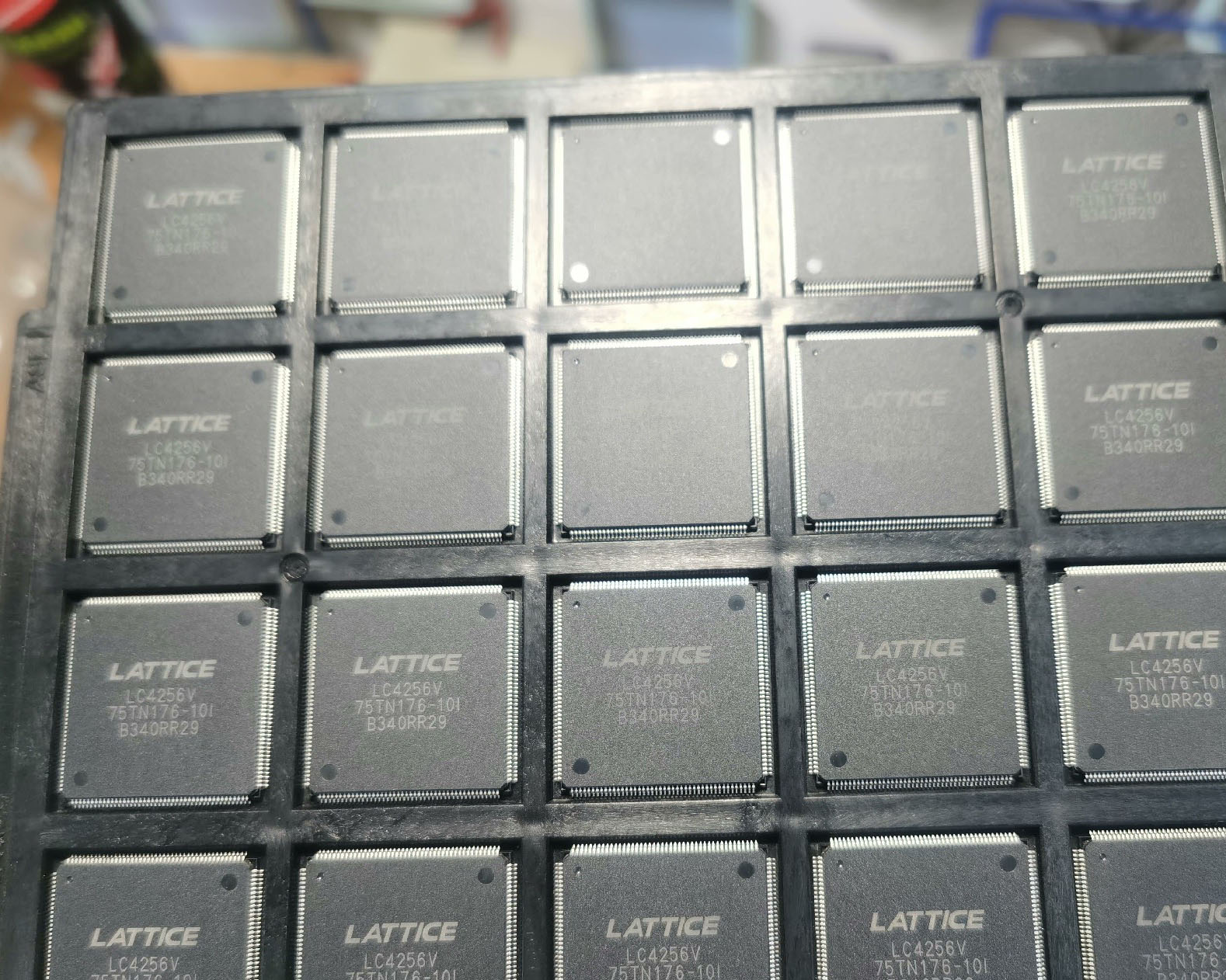
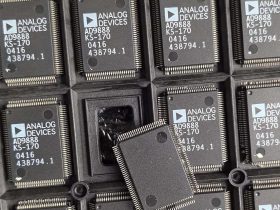
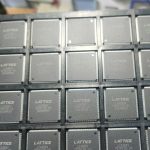

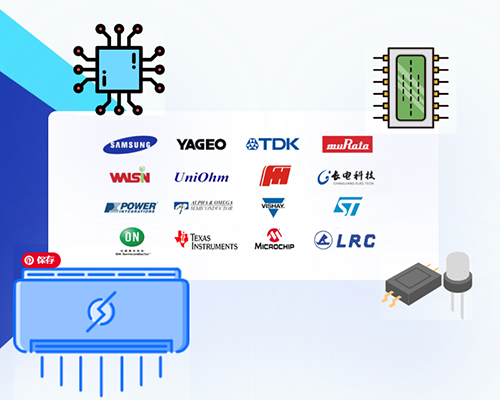

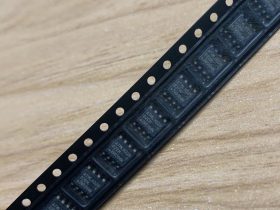
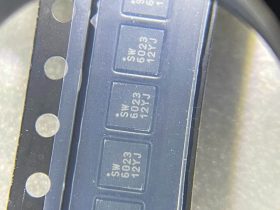
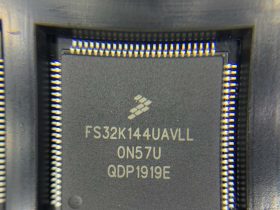
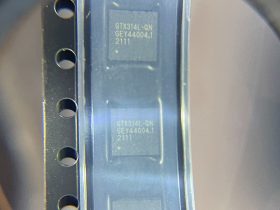
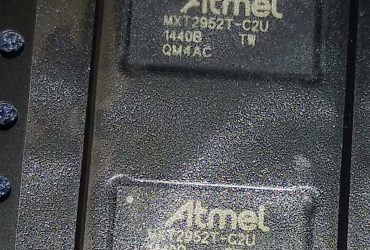
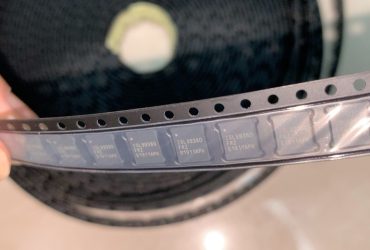
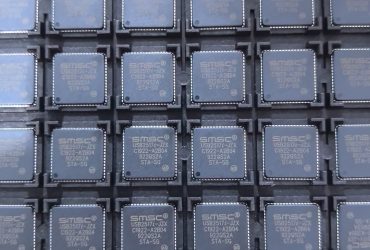
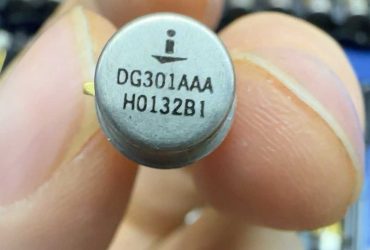
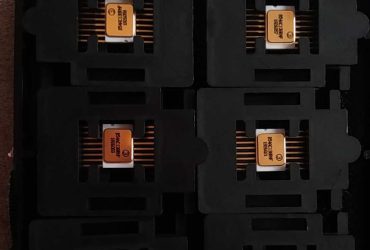
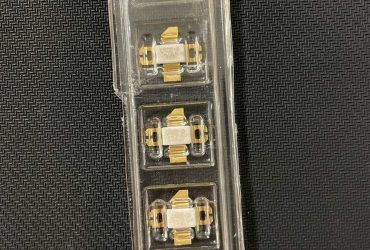
Leave a Reply